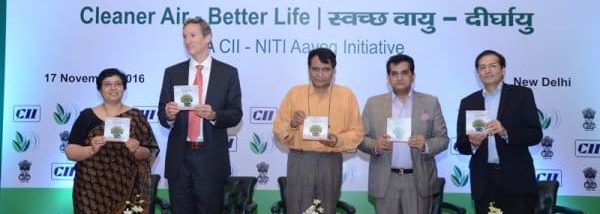
Every day, each of us breathes in about 15,000 liters of air. Air which provides us the essential oxygen but has dangerous levels of pollutants that pose danger to our health. These pollutants and resulting in poor air quality have negative effects on our environment, health, and well-being. Air pollution is one of the causes of mortality and morbidity in India. A World Bank report highlights that cost of environmental damage due to air pollution amounts to 3% of the GDP of the country of which outdoor air pollution accounts for 1.7% and indoor air pollution for 1.3%.
Rapidly expanding urban areas, such as Delhi NCR, are on the frontline of the fight against air pollution and climate change. City-level management of air pollution and emissions are complex tasks that require long-term commitment and actions from multiple stakeholders including industry, government, civic bodies, and citizens. Many schemes and measures have been implemented but with limited impact and acceptance. Air pollution is a complex phenomenon and ambient air quality levels depend not only on the sources contributing to ambient air pollution but also on meteorological conditions. To take substantive action, the sources of air pollution in NCR must be identified and prioritized. Data provided by CPCB and studies such as that from IIT Kanpur provide useful inputs towards developing the action plans. It has emerged from the studies that the spectrum of air pollution in Delhi can be attributed to three main areas, i.e., transportation, industry, and domestic sources.